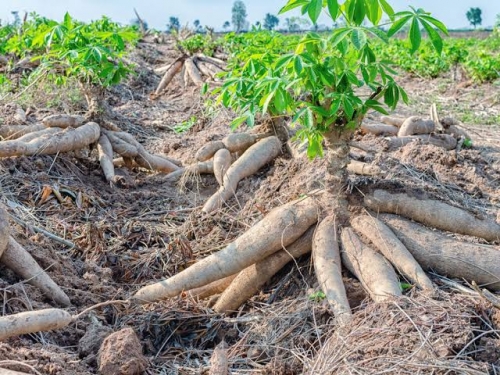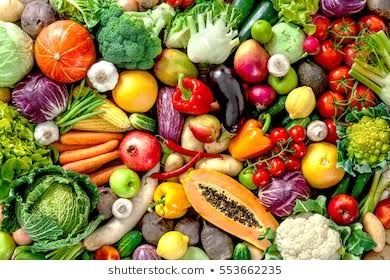News And PoliticsReligion And PrinciplesSocial SciencesAgricultureCommunications And EntertainmentHealth And LifestyleArts And EducationSports And FitnessRelationship And MarriageOthersNigeriapoliticsVehicles And MobilityEngineeringPersonal Care And BeautyScience And TechnologyIT And Computer ScienceFood And Kitchen
profile/5309IMG_20181126_191303.jpg
Ematy1

Best Way Of Planting Cassava (to Bring Better Product)
~1.1 mins read
To plant cassava, push into the soil the end of the piece of stem that was nearer to the ground. Plant the cuttings in mounds or ridges. Plant when the soil is quite wet, after the beginning of the rainy season. Plant the cuttings either straight or slanting. Push them well into the earth, leaving only 2 or 3 buds above ground.
Cassava cuttings may be planted straight or slating. Press the earth well down round the cuttings. Then the roots that develop will be well nourished by the soil. Usuallyhe rows are 1 to 1.5 metres apart, and the plants 1 metre apart. With this spacing, there are between 7 000 and 10 000 cassava plants to the hectare. But the number of cuttings to the hectare varies with the region, soil and variety. If cassava is planted at the right density, the yield is heavy; the roots occupy all the soil and fewer weeds grow, so that fewer cultivations are needed.
CONTROL OF WEEDS
Weed when the cassava plants are 20 to 25 centimetres high, that is, 3 or 4 weeks after planting. Weed a second time 1 or 2 months after the first. Earth up the plants at the same time; this greatly helps the formation or tubers, and prevents the wind from blowing the plants down.
After this, the cassava plants are big enough to prevent weeds from growing. Whenrain spoils the mounds, they must be remade. Whenthe soil of the mounds gets too hard, break it up with a hoe, so that water and air can get in to nourish the roots.
profile/5309IMG_20181126_191303.jpg
Ematy1

Observers Notice Rises In Certain Vegetable Prices
~1.0 mins read
Courgettes and cucumbers reached record-high prices in July 2020, rising more than 30 per cent in the month, as Queensland imports continued to be banned. Stats NZ claims fruit and vegetable prices were up 9.8 percent in July 2020.
Courgette prices rose 38 per cent to a weighted average price of $29.60 per kilo, up from a previous record high of $21.42 per kilo in June. Some reports showed courgettes prices reaching up to $38.99 per kilo. Of course, imports of fresh courgettes, cucumbers and other cucurbit from Queensland have been banned this year because of a plant virus.
A consumer prices manager Nicola Growden was saying: "During the winter months, without the usual imports to fill the gap in local supply, we have seen a sharp rise in courgette prices. In July, courgettes cost almost as much as a kilo of either sirloin steak or fresh fish."
Courgette shortage sees record-high prices has more information on the current Queensland trade suspension. "Prices for courgettes typically fall when the New Zealand growing season picks up in spring or it could change when imports from Queensland resume," Nicola added. Cucumber prices rose almost 32 per cent in July to a record high of $18.63 per kilo. This is $6.54 more than this time last year, reflecting the impact of the ban on imports from Australia. Overall food prices rose 1.2 percent in July 2020, mainly influenced by seasonally higher prices for tomatoes, lettuce, and broccoli.
Advertisement

Link socials
Matches
Loading...
